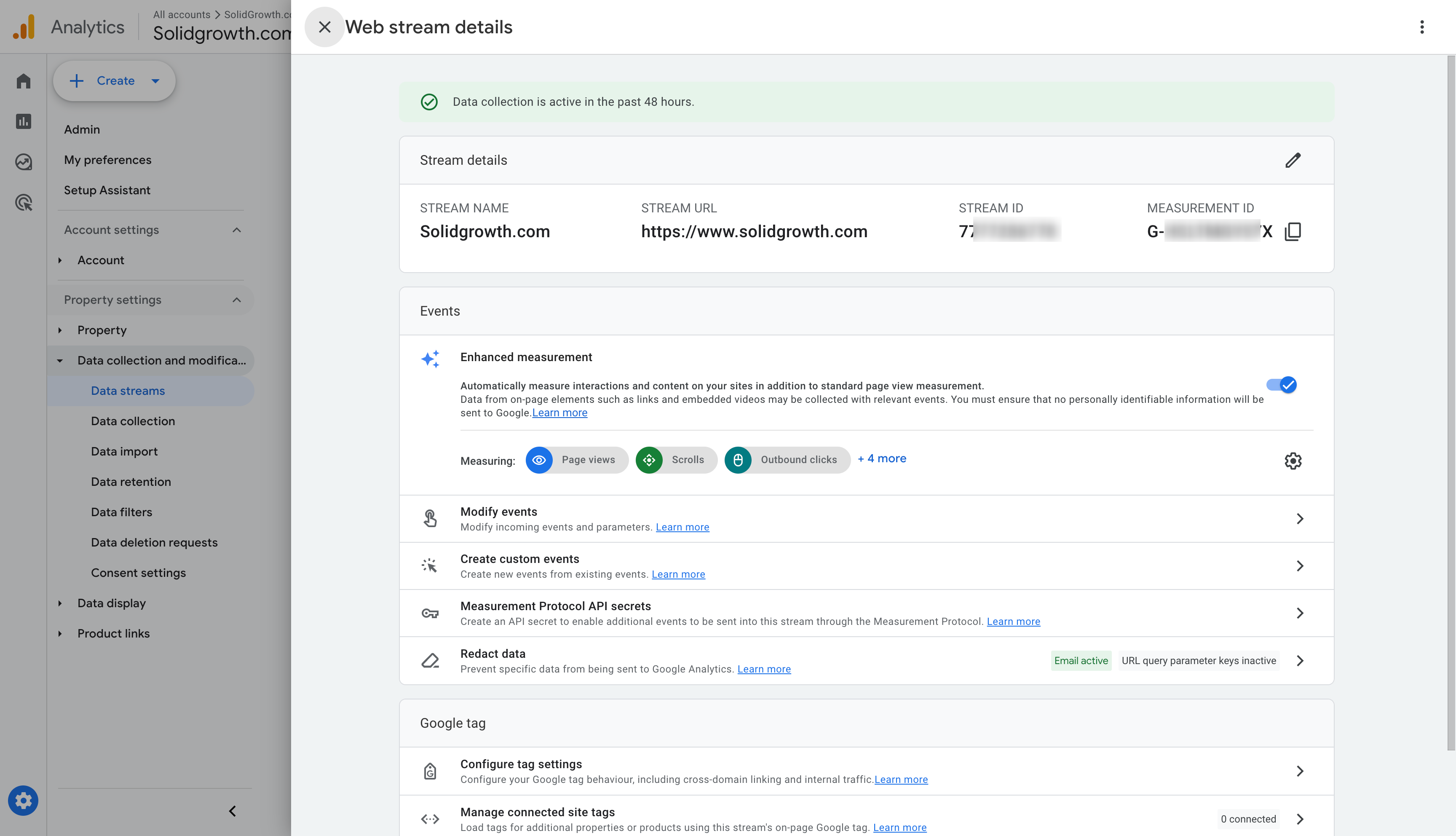Introduction
Every optimisation you run and every decision you defend will lean on the data you set up here. A clean Google Tag Manager (GTM) + Google Analytics 4 (GA4) installation means you can add events, switch consent modes, or debug campaigns without begging developers for deploy time. Follow the steps below exactly; I’ll note where to drop your screenshots so the rest of the team can replicate your work later.





.png)
![[PRINT SCREEN: Webflow › Site Settings › Custom Code panel showing <script> pasted in Head]](https://cdn.prod.website-files.com/65dcbaba5bc2ba10de80f3c9/681c9799d8a91fe3a79e5142_6814c760b92e2cf17692b1f5_SolidGrowth-com-Custom-code-Webflow-05-02-2025_03_23_PM.png)







.png)

